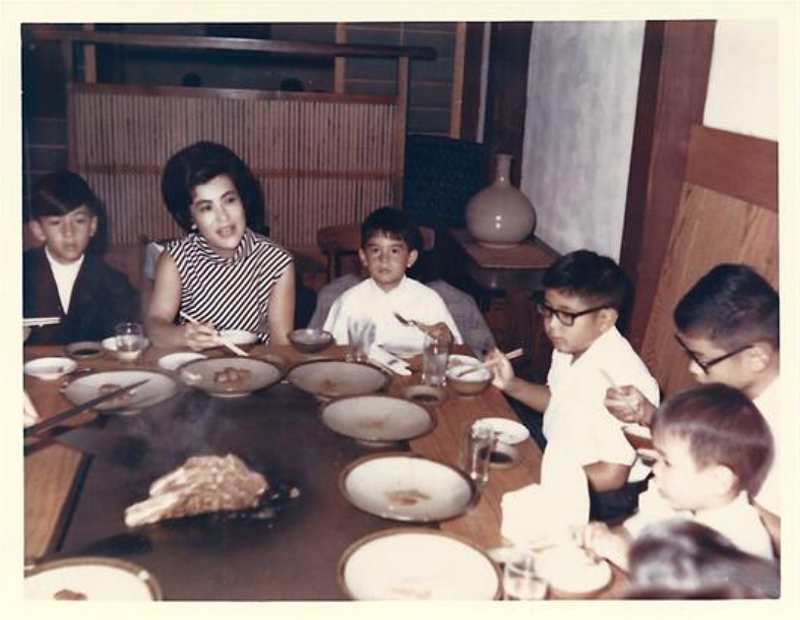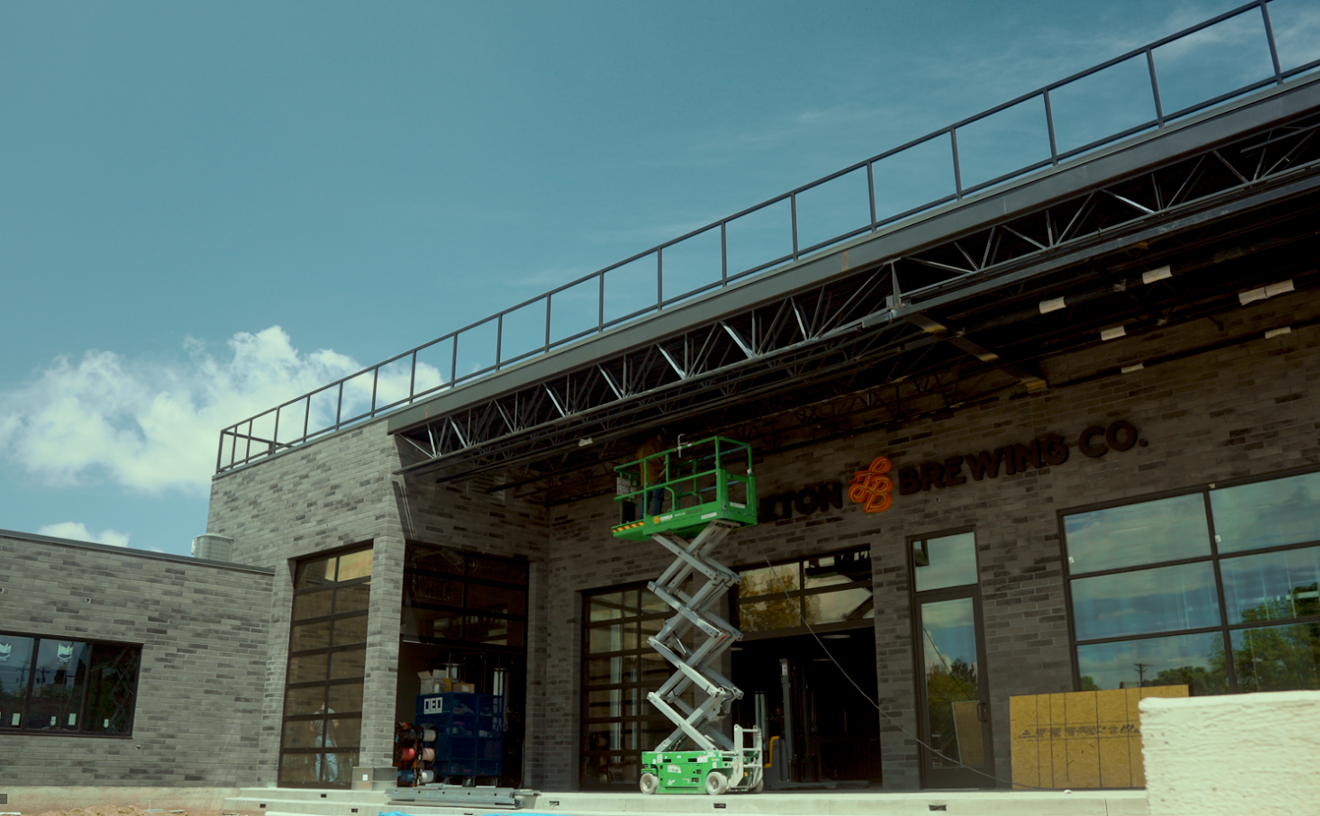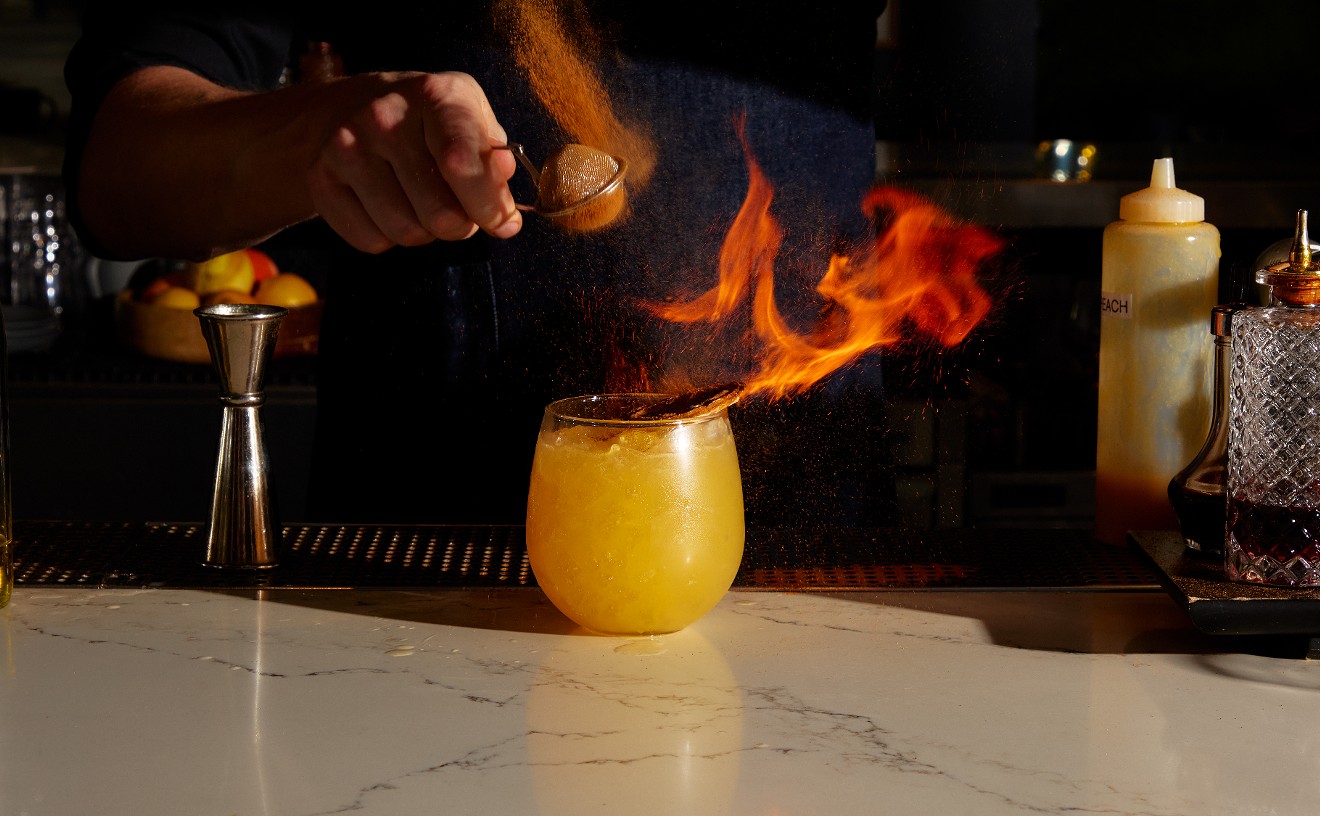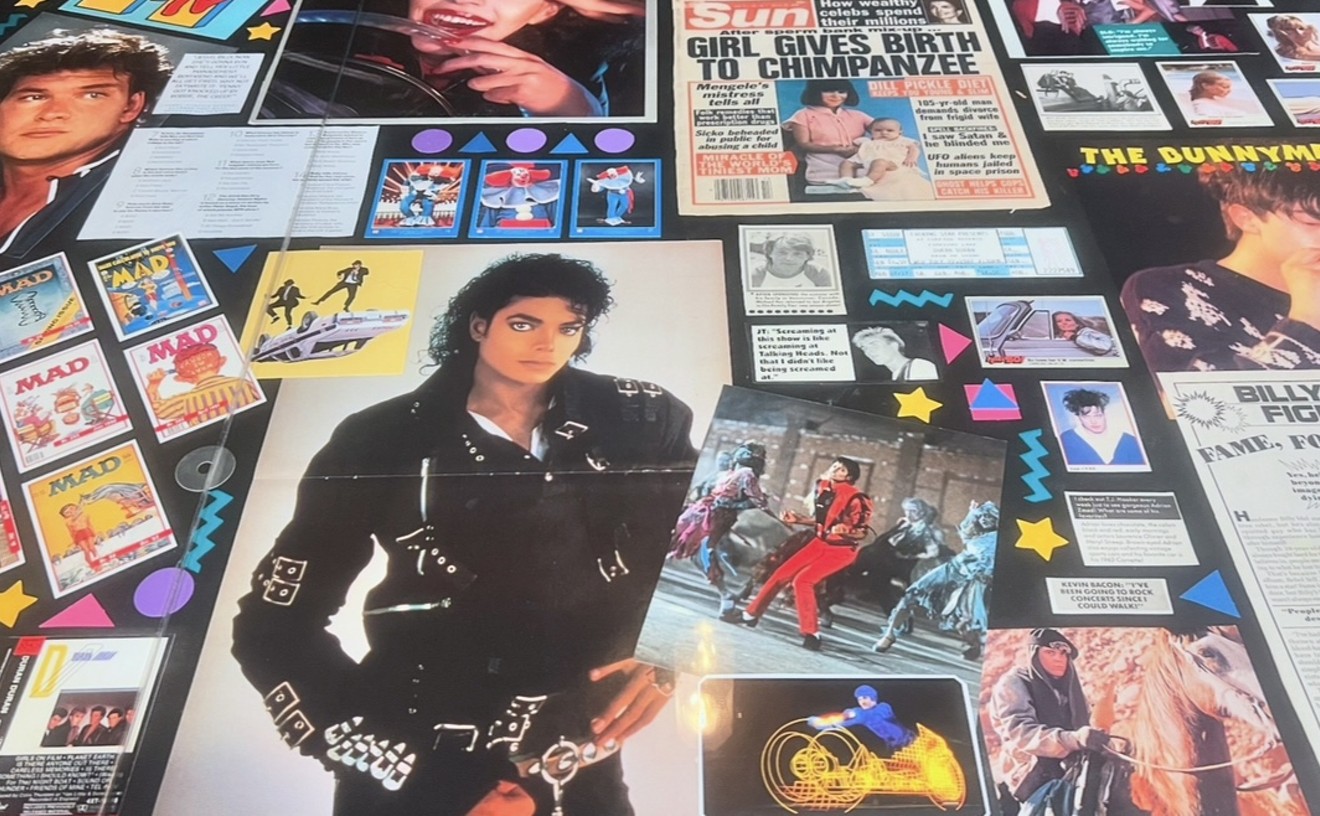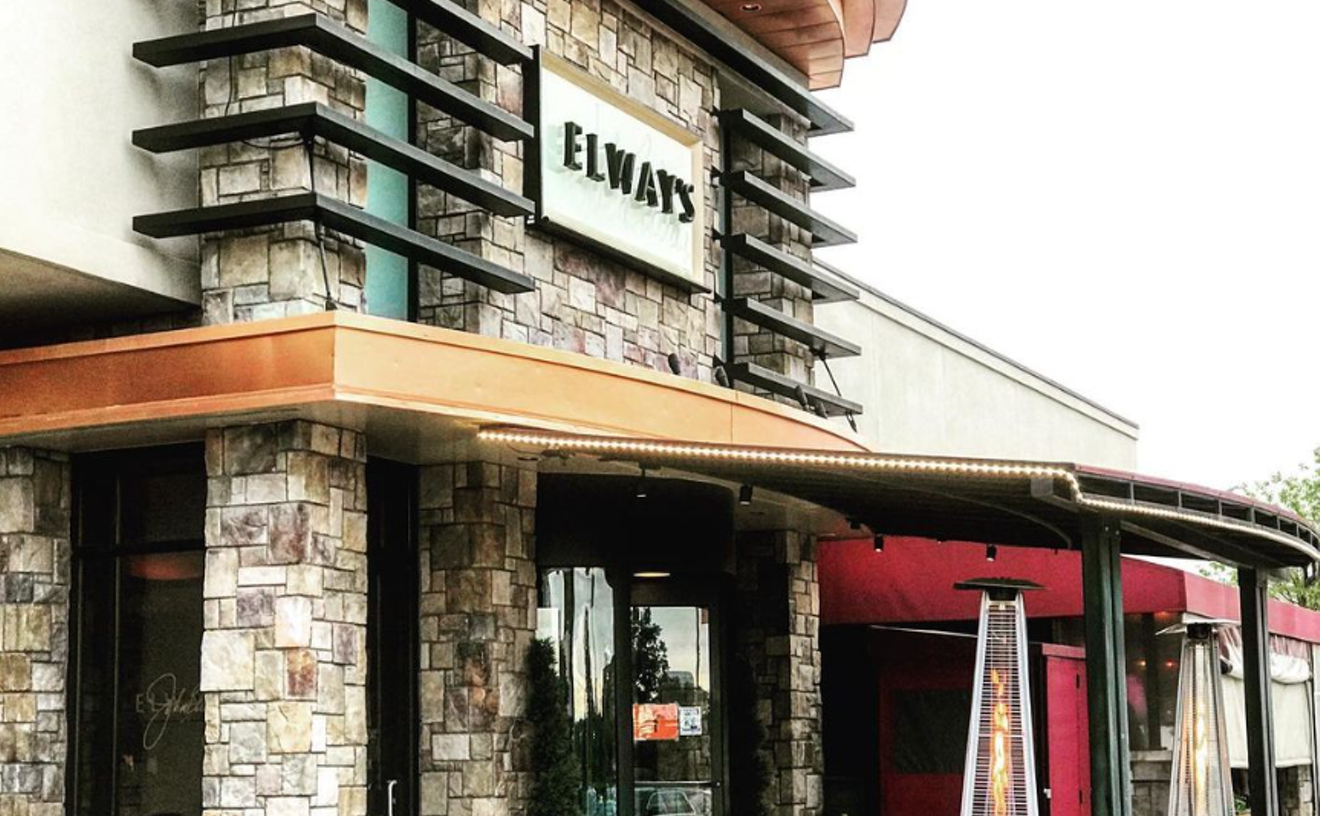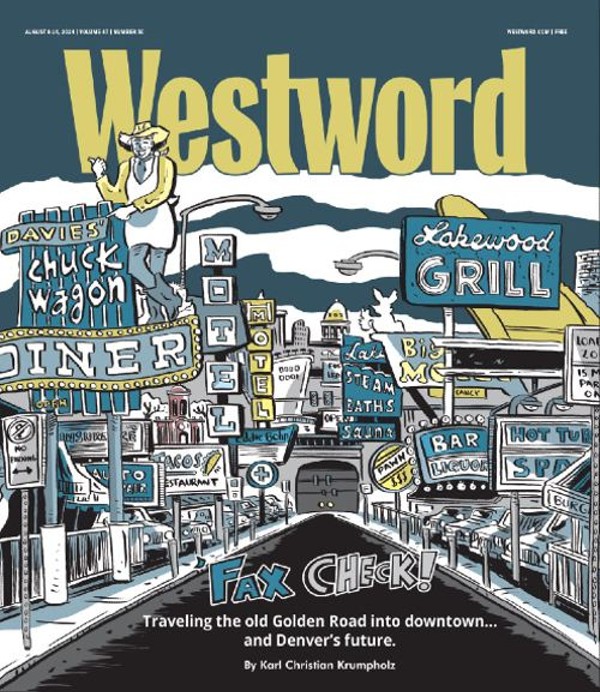Asakawa is a third-generation Japanese American who lived in Japan until the age of eight, when his family moved to northern Virginia, then to Denver in the 1970s. His father was born in Hawaii and joined the U.S. Army, so Asakawa felt an American influence even before emigrating. "My dad was very culture-fluid. He would speak English to us in the house and English with all his GI friends. He would even speak English to my mom, too. But my mom always spoke more Japanese," Asakawa says. "I feel like we had this bicultural upbringing, and it never felt like one was fighting the other."

In Tabemasho! Let's Eat!, Gil Asakawa tells the history of food from 1603 to the present day, interlaced with his memories from growing up Japanese American.
Gil Asakawa/Instagram
In the book, Asakawa tells stories of his mother making hamburgers or spaghetti for dinner, or his father grilling a steak — meals that were served with an ever-present bowl of rice. Often, he says, his mom would have rice, salmon and some pickled vegetables while he and his brothers ate the more "American" dishes. "She had a very obstinate intake of Japanese cuisine," he jokes.
On special occasions or when they had out-of-town visitors, the family would go to Benihana. While chronicling the last century of Japanese restaurants in America in Tabemasho! Let's Eat!, Asakawa recounts the experience: "It's hard to explain now how amazing it was to dine at a restaurant in the 1960s that presented Japanese food as something that regular, everyday Americans could enjoy, and with their entire families no less. Benihana made it 'safe' for middle America to like Japanese food, even if it wasn't exactly the dishes that a Japanese in Japan might choose to eat."
While food has always been a big part of Asakawa's life, it hasn't always been a subject of his work. In fact, one of his first gigs out of college was as Westword's first music editor, starting in 1983 at the then-six-year-old newspaper. Throughout his nearly four decades in the print and online media industry, he's been involved in countless Colorado outlets, from eTown radio in Boulder to the Denver Post and Colorado Public Television. In 2004, he published his first book, Being Japanese American, about the broader experience of having a blended heritage.

Asakawa's love of Japanese American food has grown even stronger with the rise of social media.
Erin Yoshimura
His obsession shows throughout the book as Asakawa reminisces about eating deliciously unctuous tonkotsu ramen in the dish's home region of Kyushu in Japan or drinking Calpis (a cultured milk drink known as Calpico in America) as a kid. Denver readers of Tabemasho! will be delighted with the many references to local restaurants such as Tokio, Sushi Den and Ramen Star. The chapter on Japanese American ingenuity describes Colorado-made Karami Japanese Salsa, a jarred condiment that has roots in a Japanese side dish called tsukudani that is made with Pueblo green chiles (instead of more traditional wakame seaweed) and mixed with soy sauce and sugar. You can find Karami salsa at Pacific Mercantile Company, at 1925 Lawrence Street.

In addition to gyudon beef bowls, Kokoro offers a variety of Japanese American dishes, like "Sobaghetti" yakisoba noodle stir-fry.
Kokoro/Facebook
The story behind Kokoro is only a taste of what Tabemasho! Let's Eat! has to share. For Denver foodies, Japanese cuisine enthusiasts and fellow Japanese Americans, Asakawa has created a casual history that is detailed but easy to enjoy, and opinionated without being pretentious. If you want to learn unexpectedly delightful history while discovering a new set of restaurants to love, grab yourself a copy and get hungry.
Tabemasho! Let's Eat!: A Tasty History of Japanese Food in America is available from online retailers, including Tattered Cover bookstores, Barnes & Noble, Bookshop.org and Amazon.

